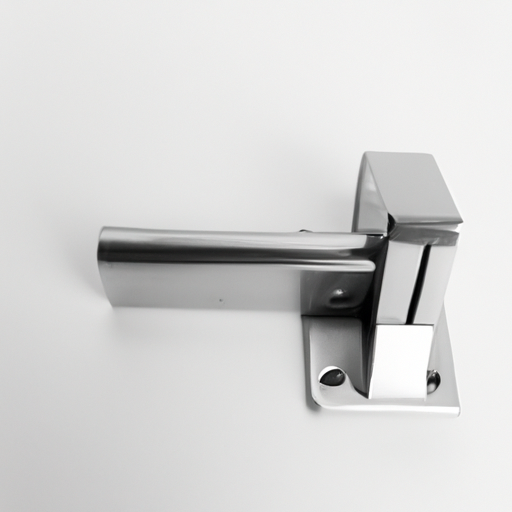

Latches are an essential component in various industries, including construction, automotive, and furniture manufacturing. They are used to secure doors, cabinets, and other types of enclosures. Latches come in different shapes and sizes, but they all serve the same purpose – to keep things closed and secure.

One of the key product standards for latches is the material used in their construction. Latches are typically made from materials such as steel, aluminum, or plastic. The material must be strong enough to withstand the forces applied to the latch when it is in use. It must also be resistant to corrosion and other environmental factors that could affect its performance.
Another important product standard for latches is their design and construction. Latches must be designed in such a way that they are easy to operate and provide a secure closure. They must also be durable and able to withstand repeated use without failing. The design of the latch must also take into account factors such as the size and weight of the door or enclosure it is securing.
Performance standards are also crucial for latches. These standards specify the minimum requirements for factors such as the amount of force required to operate the latch, the amount of force it can withstand before failing, and the durability of the latch over time. Latches must be able to operate smoothly and reliably under normal conditions.
Testing standards are used to ensure that latches meet the performance requirements set out in the product standards. Testing may involve subjecting the latch to various forces and conditions to determine its strength, durability, and reliability. Testing may also involve assessing the latch's resistance to factors such as temperature, humidity, and vibration.
In addition to these technical standards, latches may also be subject to regulatory standards that govern their use in specific industries or applications. For example, latches used in the automotive industry may need to meet certain safety standards set by organizations such as the National Highway Traffic Safety Administration (NHTSA). Latches used in the construction industry may need to meet building code requirements set by local authorities.
Overall, product standards for latches are essential to ensure that they meet the necessary quality and safety requirements for their intended use. By adhering to these standards, manufacturers can produce latches that are reliable, durable, and safe for consumers to use. Consumers can also have confidence in the quality of latches that meet these standards, knowing that they have been tested and proven to perform as expected.
Latches are an essential component in various industries, including construction, automotive, and furniture manufacturing. They are used to secure doors, cabinets, and other types of enclosures. Latches come in different shapes and sizes, but they all serve the same purpose – to keep things closed and secure.

One of the key product standards for latches is the material used in their construction. Latches are typically made from materials such as steel, aluminum, or plastic. The material must be strong enough to withstand the forces applied to the latch when it is in use. It must also be resistant to corrosion and other environmental factors that could affect its performance.
Another important product standard for latches is their design and construction. Latches must be designed in such a way that they are easy to operate and provide a secure closure. They must also be durable and able to withstand repeated use without failing. The design of the latch must also take into account factors such as the size and weight of the door or enclosure it is securing.
Performance standards are also crucial for latches. These standards specify the minimum requirements for factors such as the amount of force required to operate the latch, the amount of force it can withstand before failing, and the durability of the latch over time. Latches must be able to operate smoothly and reliably under normal conditions.
Testing standards are used to ensure that latches meet the performance requirements set out in the product standards. Testing may involve subjecting the latch to various forces and conditions to determine its strength, durability, and reliability. Testing may also involve assessing the latch's resistance to factors such as temperature, humidity, and vibration.
In addition to these technical standards, latches may also be subject to regulatory standards that govern their use in specific industries or applications. For example, latches used in the automotive industry may need to meet certain safety standards set by organizations such as the National Highway Traffic Safety Administration (NHTSA). Latches used in the construction industry may need to meet building code requirements set by local authorities.
Overall, product standards for latches are essential to ensure that they meet the necessary quality and safety requirements for their intended use. By adhering to these standards, manufacturers can produce latches that are reliable, durable, and safe for consumers to use. Consumers can also have confidence in the quality of latches that meet these standards, knowing that they have been tested and proven to perform as expected.